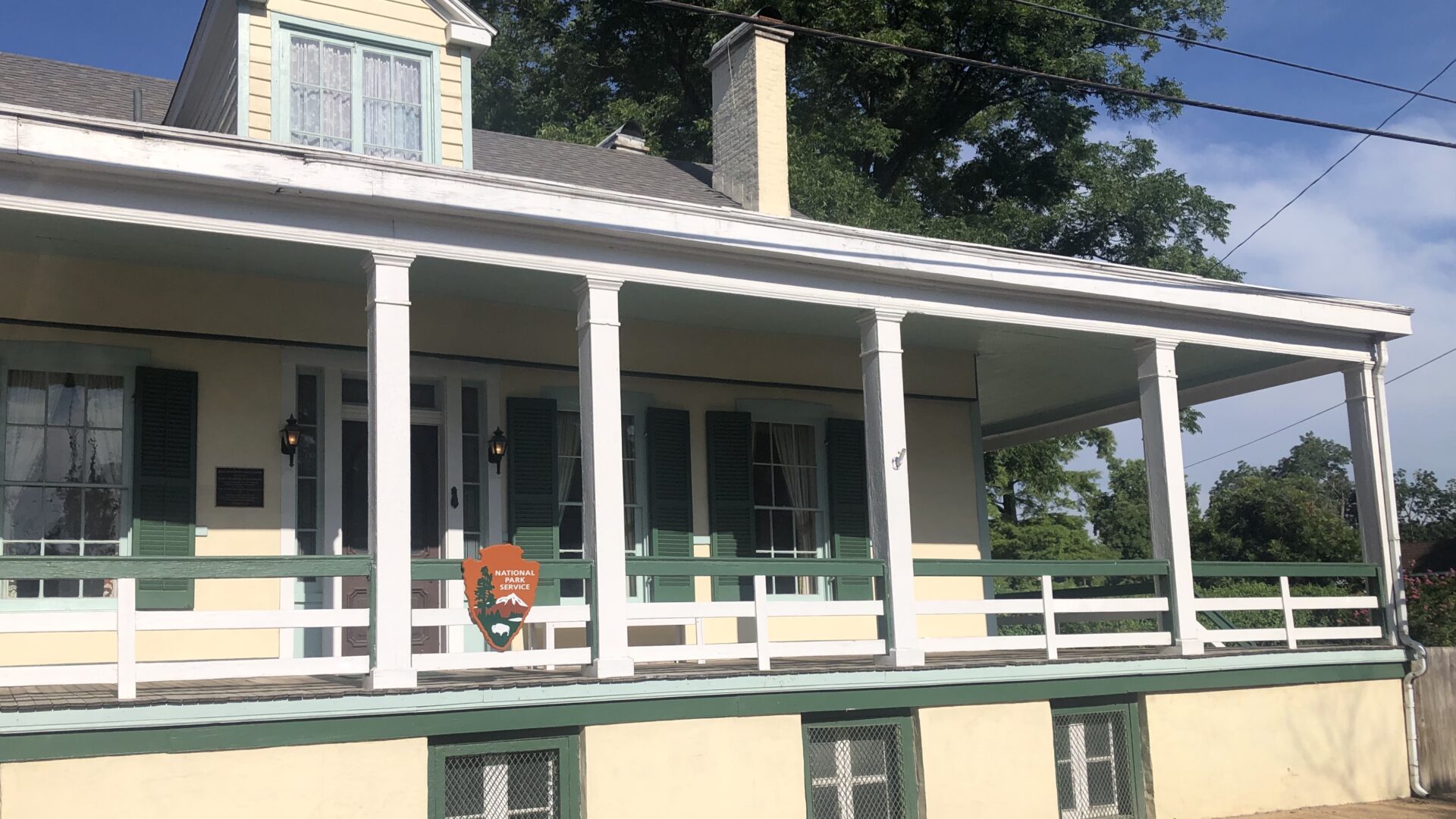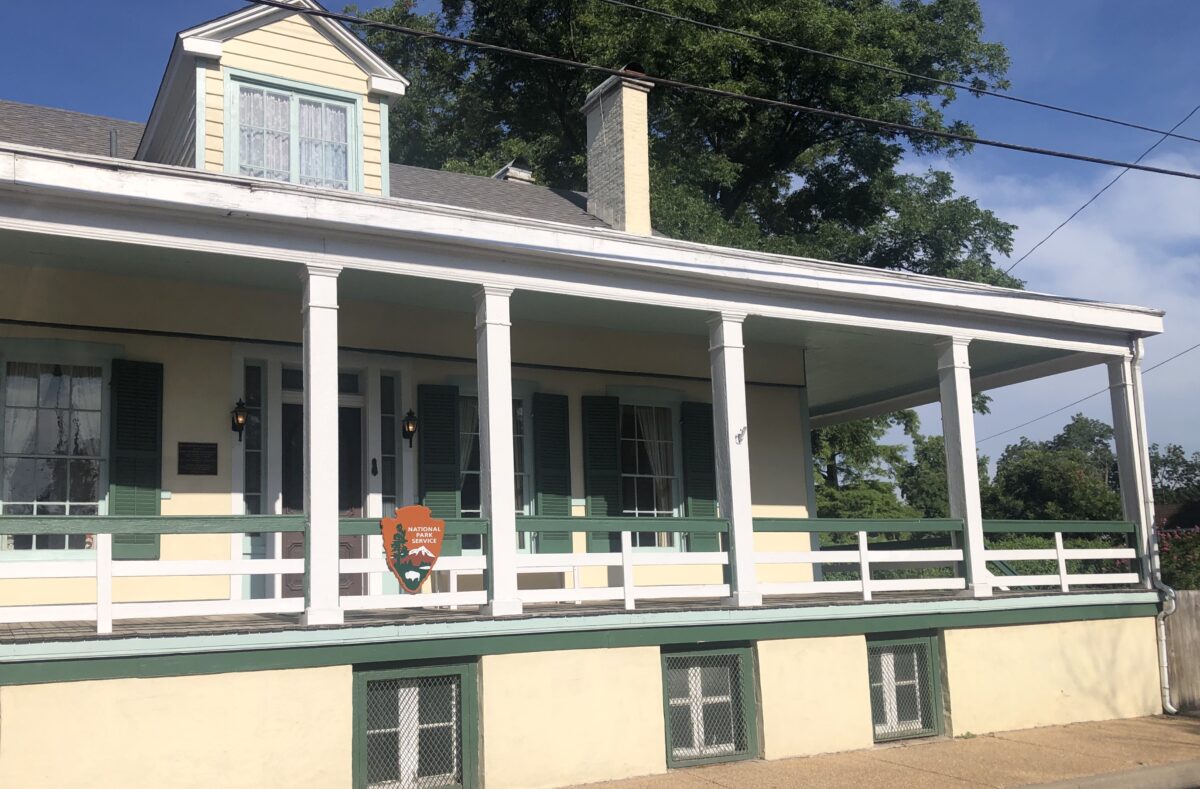Ste. Genevieve National Historical Park
Less than an hour from St. Louis is the oldest permanent European community west of the Mississippi River, now preserved as Ste. Geneviève National Historical Park. The French name and spelling reflect the founders of this village – mainly French Canadian farmers.
Today the national park service preserves several of the original buildings – the Green Tree Tavern, the Jean Baptiste Valle house and gardens, and the Bauvais-Amoureux house, all available to visit on guided ranger-led tours. We did two of the three, and also spent a bit of time wandering around the town of Ste. Geneviève.
Jean Baptiste Valle House
This was the home of a pretty important family. Jean Baptiste Valle was the last “commandant” of the town, until this position was eliminated with the transition to US ownership. So not only was the house where he lived, but it was also the main office for the government.
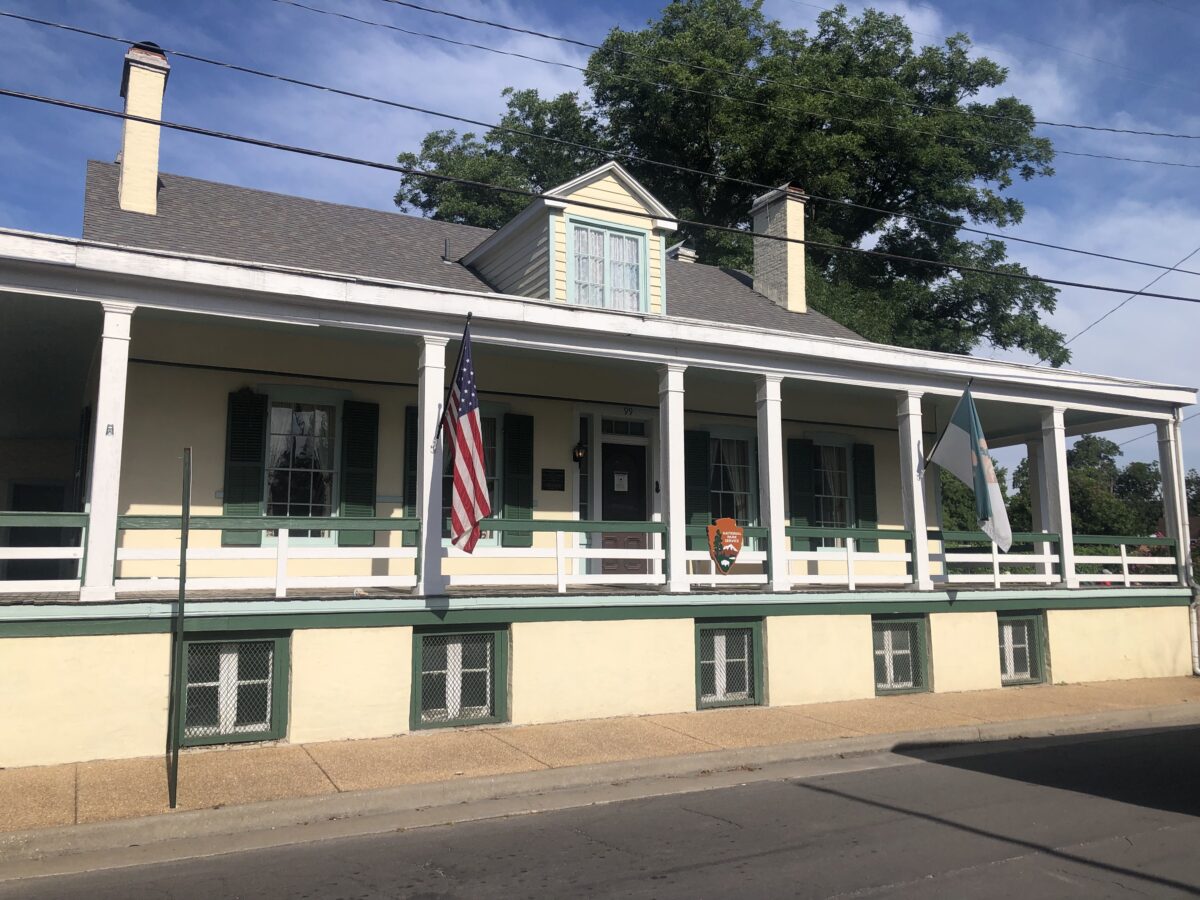
Originally the home was just two big rooms with a shared central fireplace, designed to be cool in summer and warm in winter. But over the years, the house was split into several smaller rooms and a second floor was added.
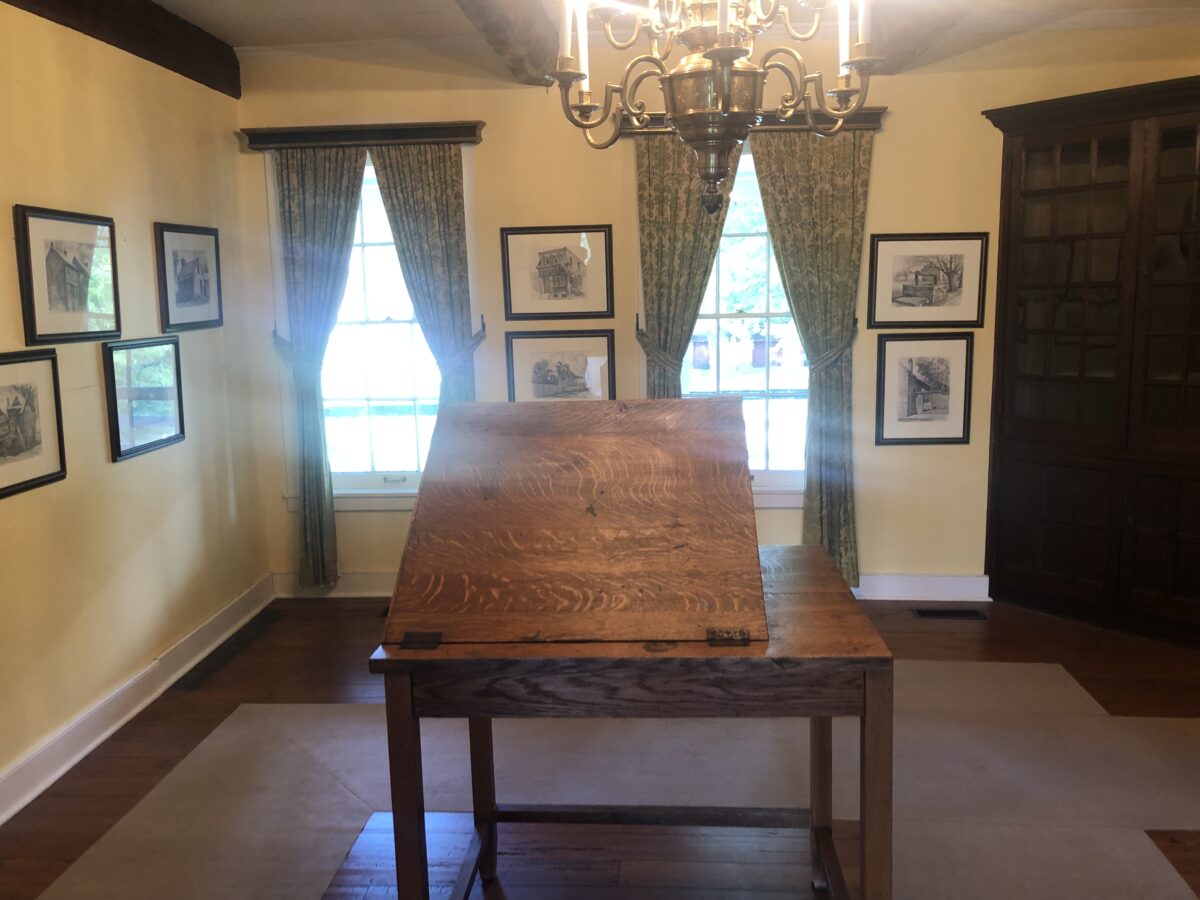
The house is in remarkable condition given its age, probably because people have lived in it up until the National Park Service took over. They have attempted to recreate how it may have looked in the 18th century and have paintings and drawings that reflect how things looked during that time.
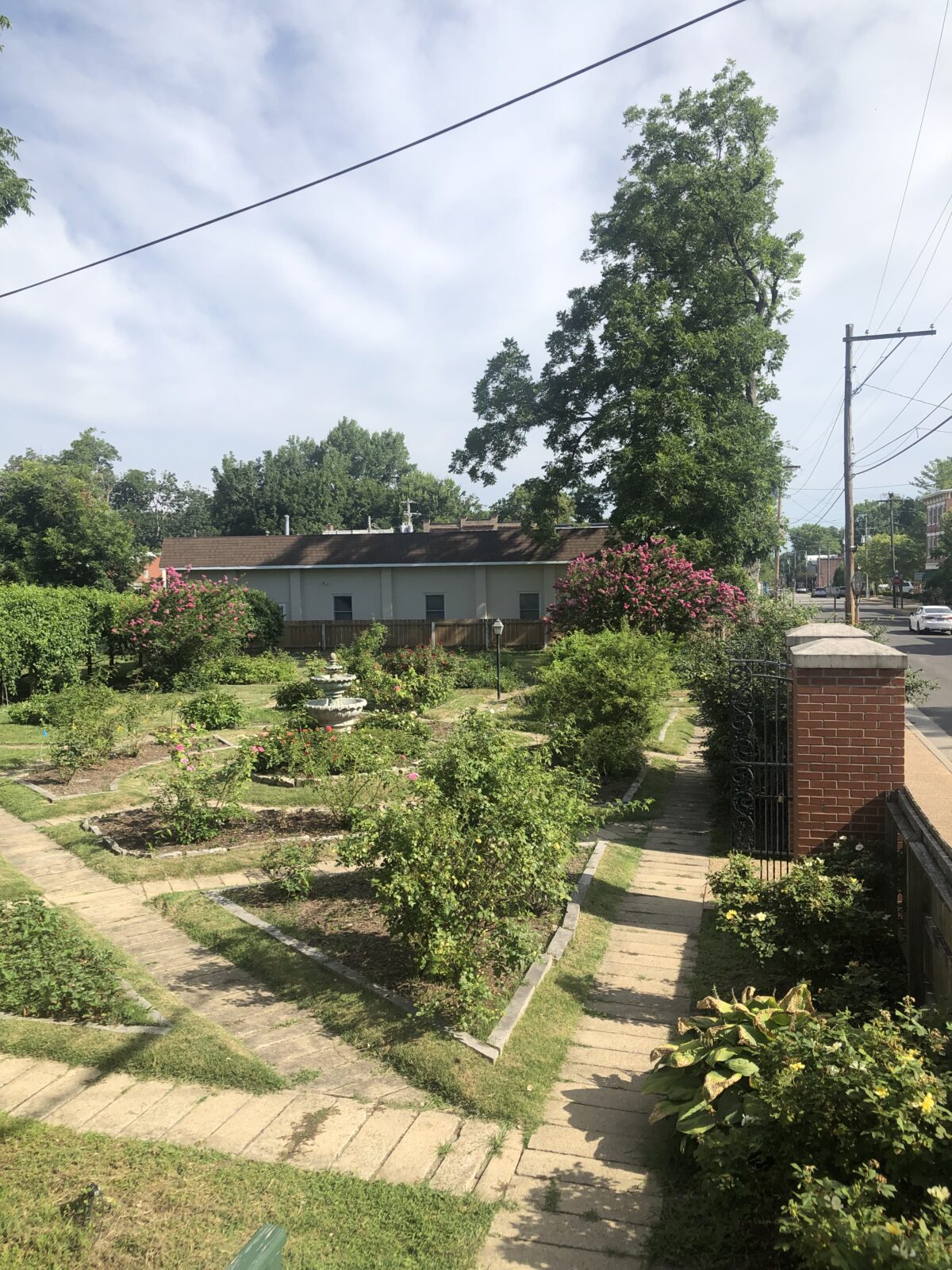
We really enjoyed the attached rose garden. Very fragrant! When we were there they were doing an archaeological survey – basically using “ground penetrating” radar to see if there were any foundations or anything else under the garden. Not sure if they found anything, but it was an interesting process.
The Green Tree Tavern
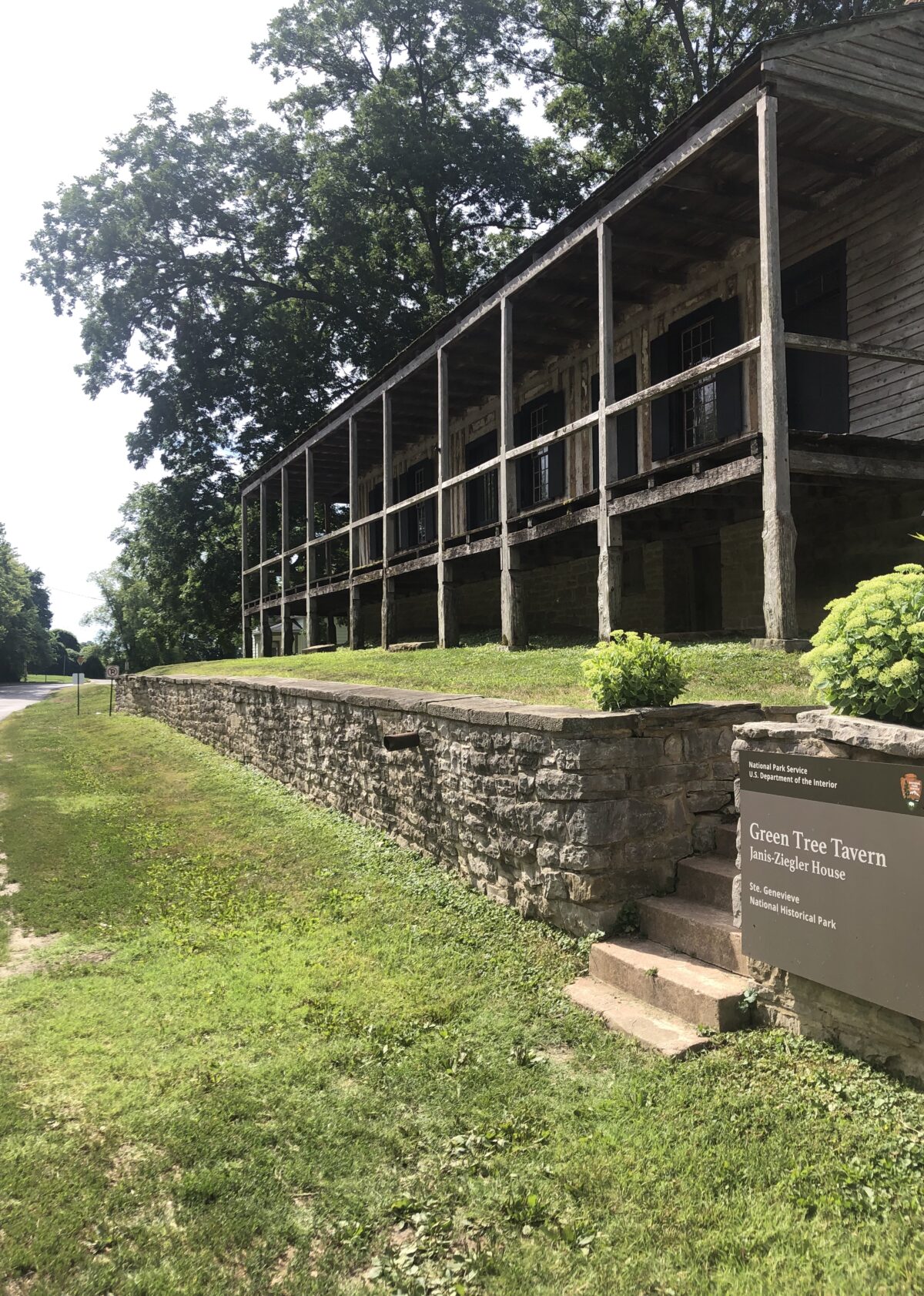
The Green Tree Tavern is actually the oldest remaining house built west of the Mississippi, originally constructed for the Janis family. One of the most unique features of this house is the three-sided, triangular fireplace. When the home transitioned to an inn and tavern, a fireplace like this would have warmed the place where people ate, drank and slept.
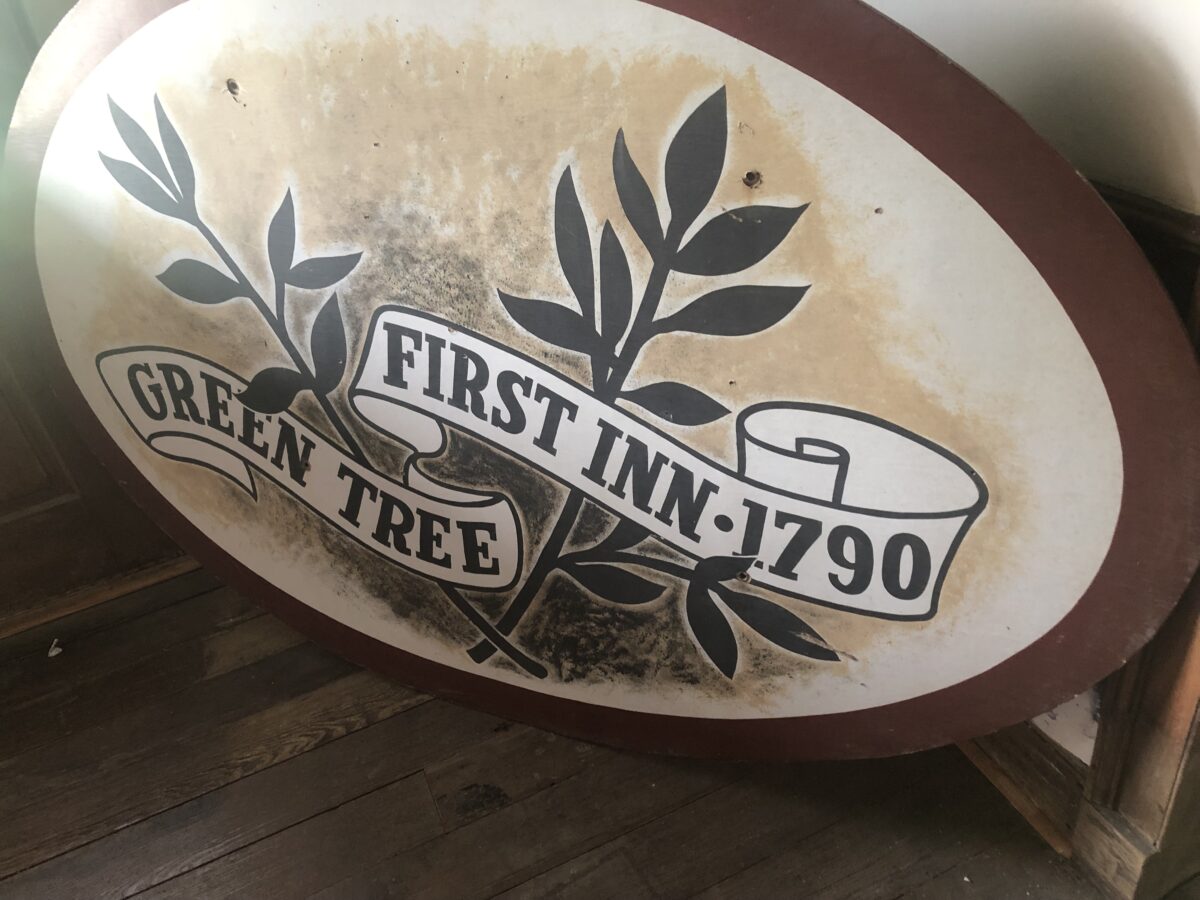
Over the years, this house was used for a number of purposes. Not only was it a house and an inn, it was the first Masonic Hall west of the Mississippi and for a little while, it was a tobacco store. And yes, they have found evidence of green paint!
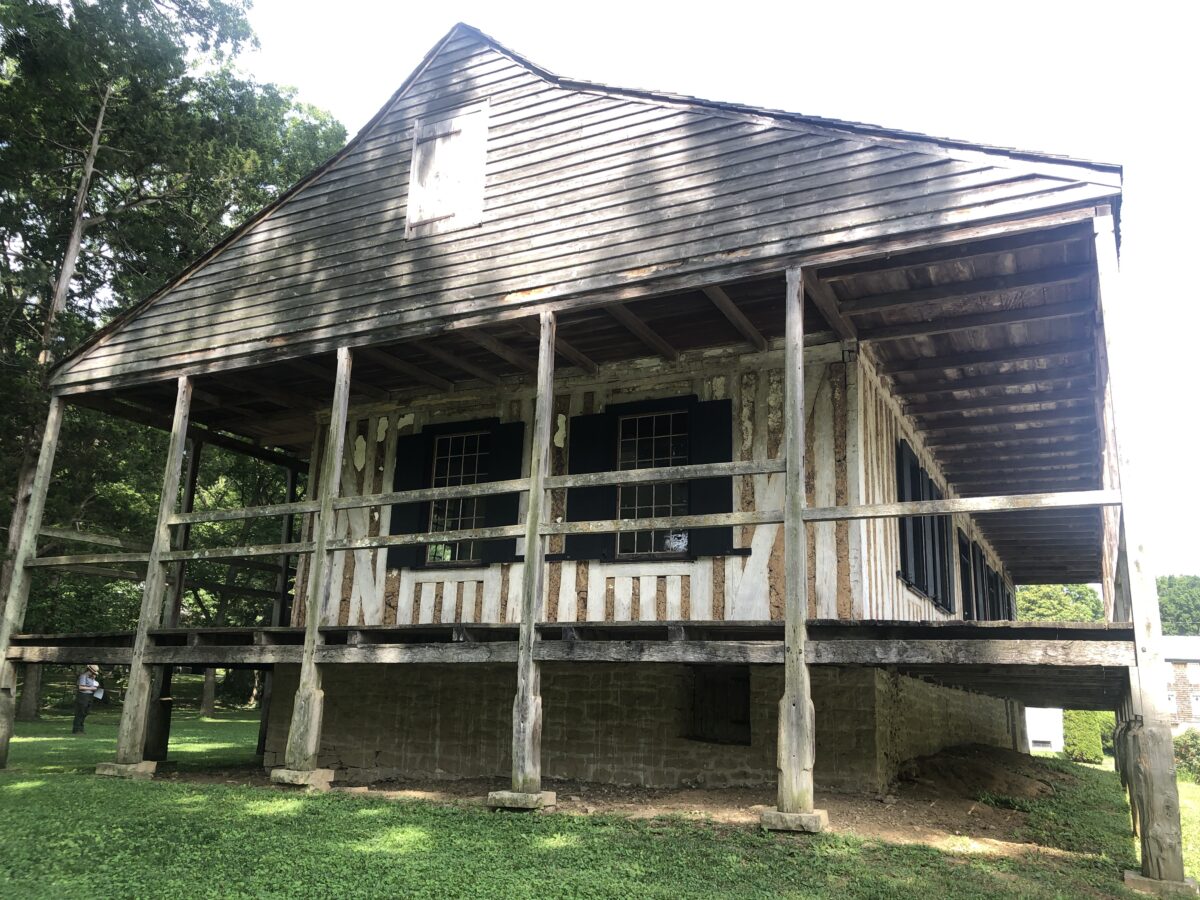
Architectural Style
The Jean Baptist Valle house is an example of the “poteaux-en-terre” and the Greetree Tavern is an example of “poteaux-sur-sole”, just two of only a handful of homes like this that remain in the United States.
The building style – “poteaux-en-terre” (translation: posts in ground) or “poteaux-sur-sole” (posts on base) – is very different from typical log homes where the logs are stacked horizontally. These homes were built by setting logs vertically, with the logs dug into the ground or placed on a base.
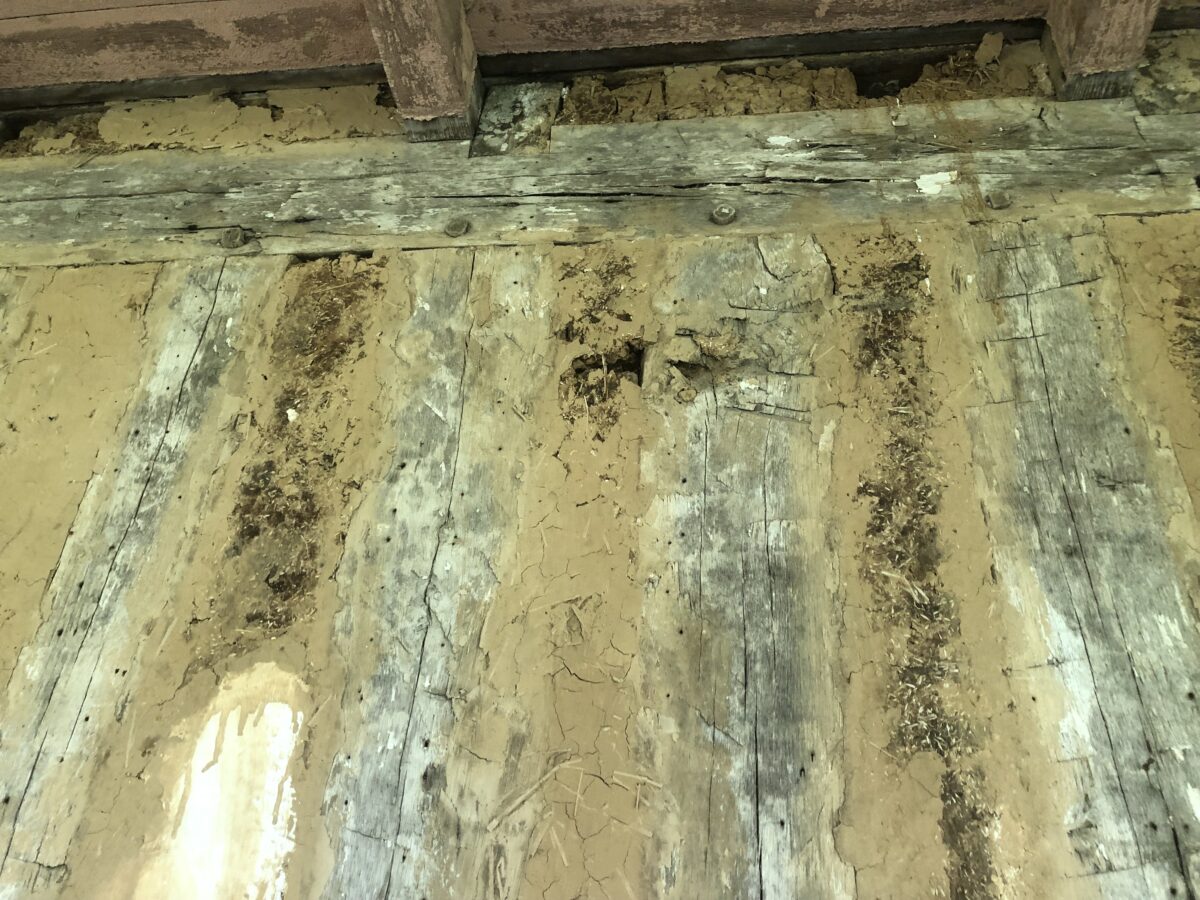
In this design the floor of the building was not attached or supported at all by the vertical poles. Instead, it floated above the ground, supported by a separate set of stone supports. The scale model in the Jean Baptiste Valle house really shows how this worked.
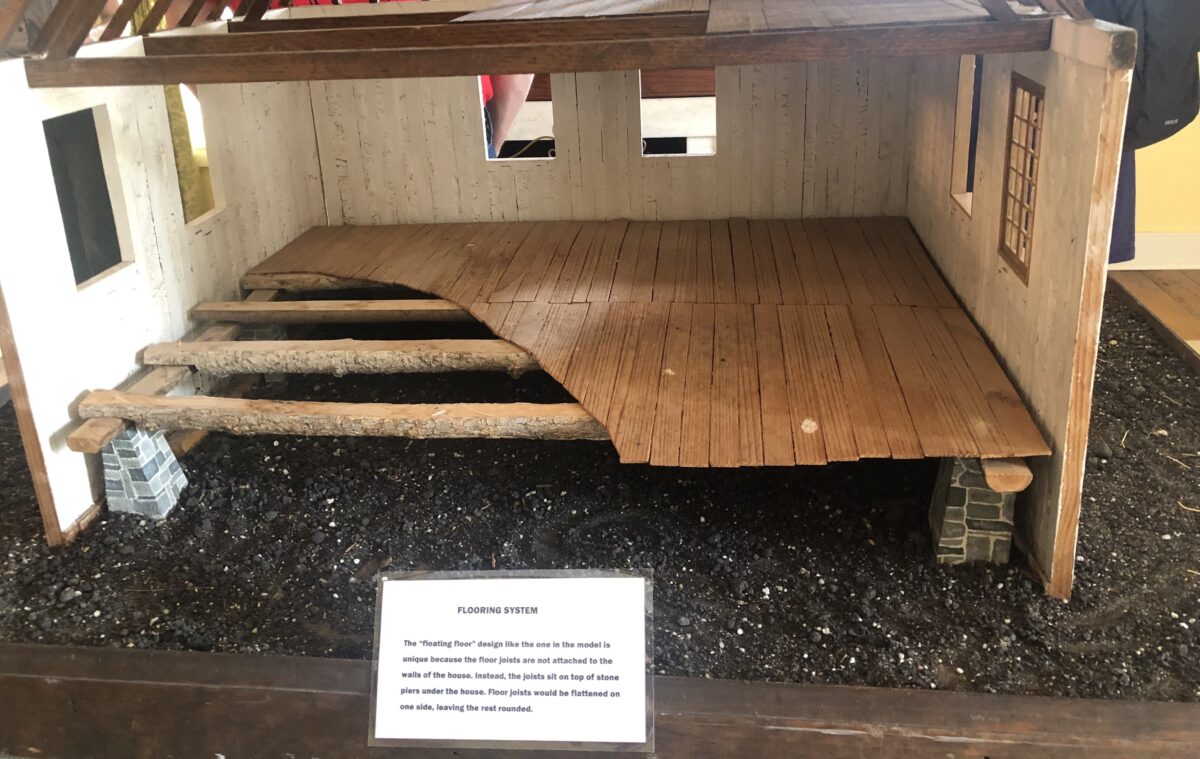
National Flags
Another really interesting fact that the rangers shared was that this community had flown the flag of three different nations. Originally Ste. Genevieve was part of France, but with the end of the French and Indian War in 1763, all of the French lands west of the Mississippi were ceded to Spain. Then in 1800, it became once again French for a few years before the Louisiana Purchase, when the still French speaking citizens of Ste. Genevieve became part of the United States.
In these transitions from France, to Spain, to France, and finally to the United States, not only did the language change so did the legal and civil structures. For example, under French laws, women had extensive rights. Far different than under the Spanish or American legal systems of the time.
It is really interesting history, plus the town itself is quaint with lots of little shops and cafes. It’s a nice way to spend an afternoon.
Are you trying to visit all the National Parks?
If your goal is to visit them, one or all, we’d love to help you strategize. Give us a call at (480) 609-3978 or drop us a note here. We always enjoy talking with people who share our passion for visiting National Parks, and National Park Units.
#FindYourPark
#SeeAmericaFirst
